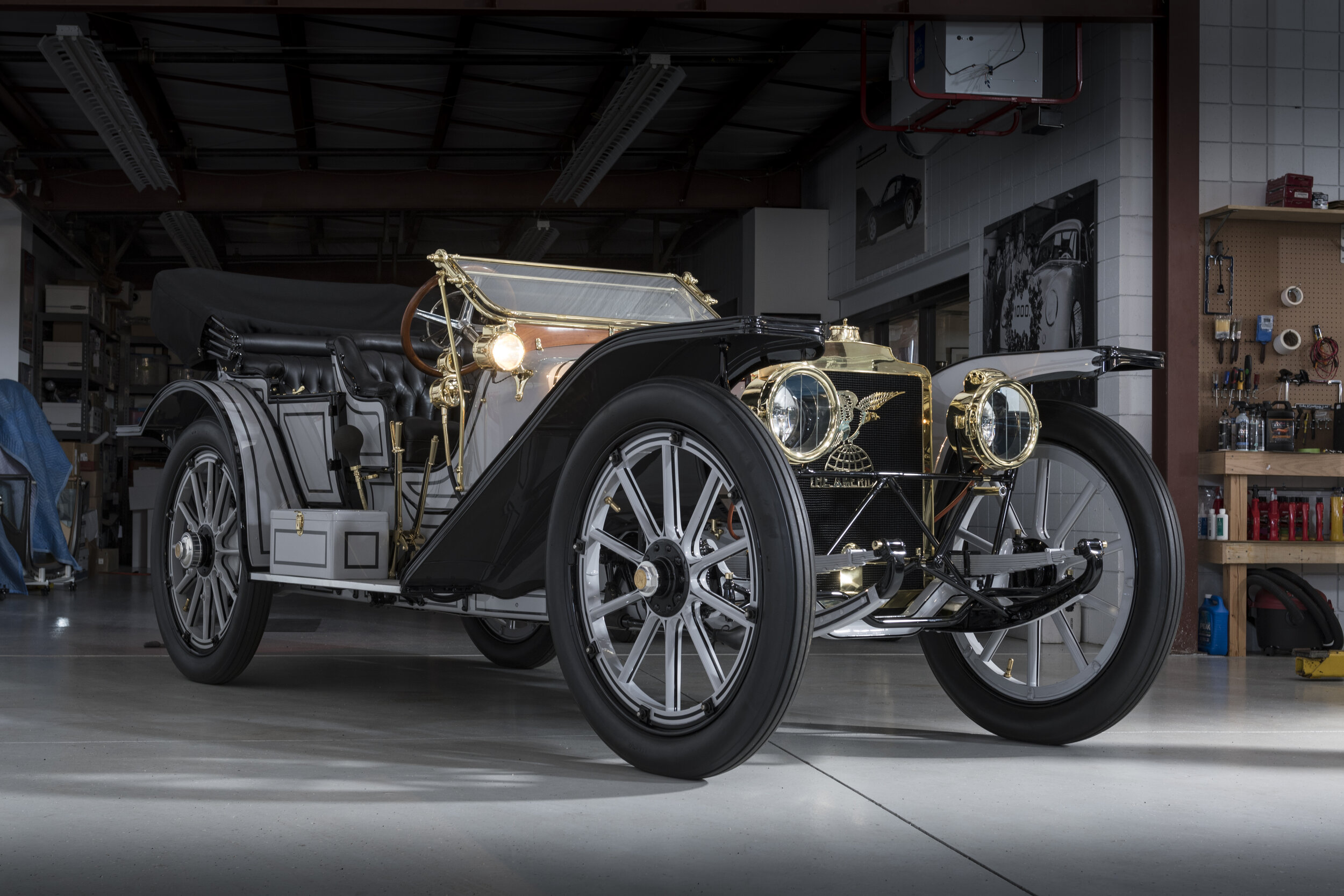1925 Ford Model T Touring


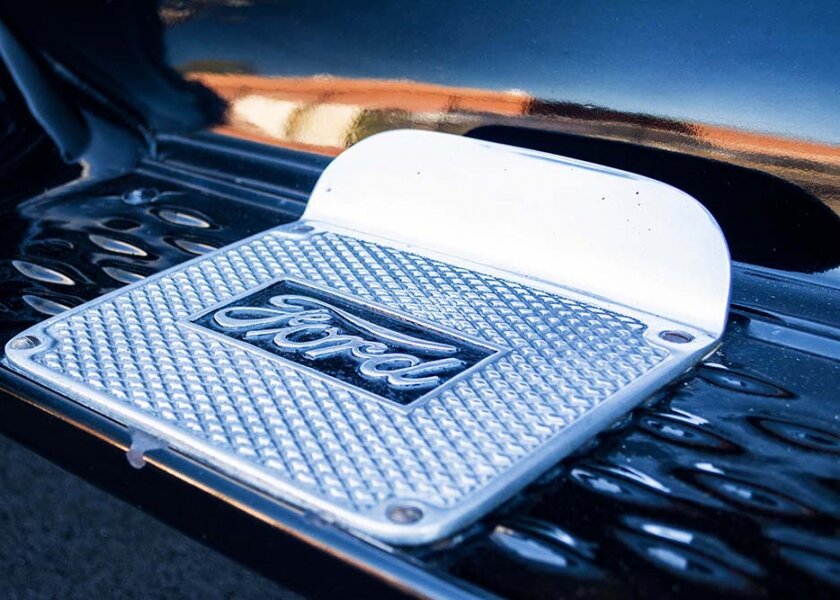
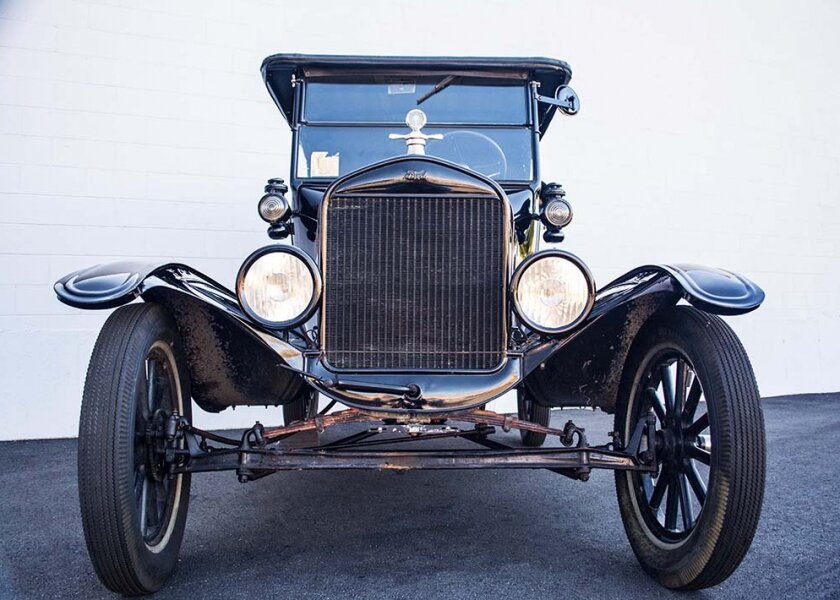

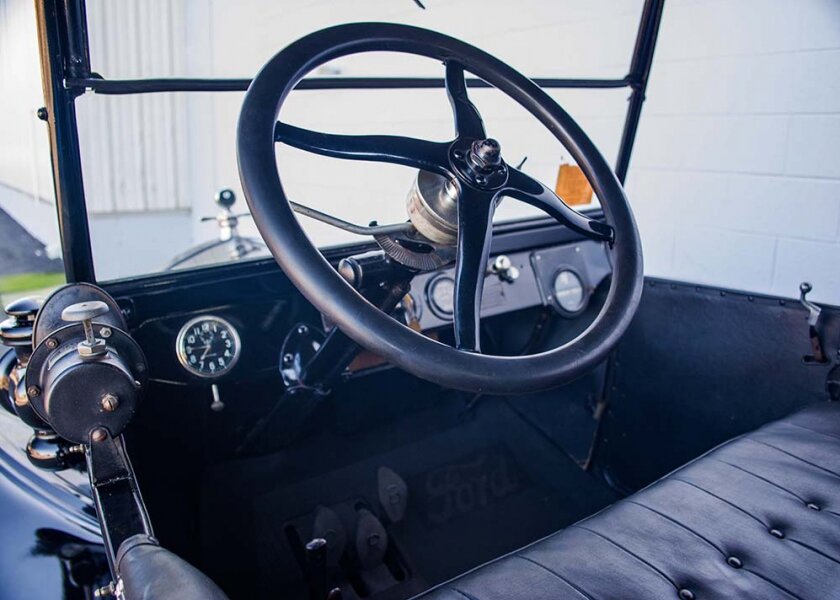
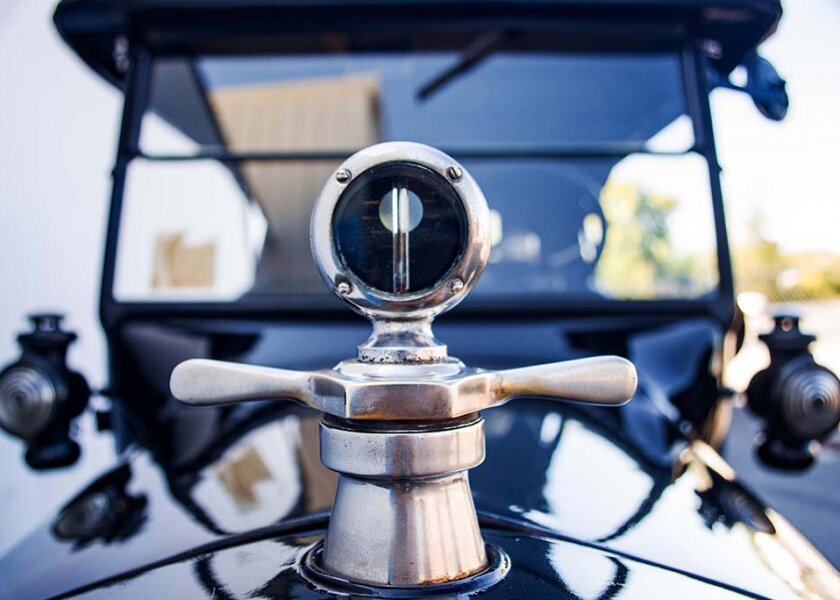
Lights: Ford optional electric lamps
On October 27, 1915, the first lighting regulation was adopted in the state of Massachusetts, stating: “wherever there was not sufficient light on the highway to make all substantial objects visible for a distance of at least 150 feet…” At this point, a growing number of automobiles were seen on the evening roads, making the roadways more dangerous. Glare had become a continuing problem for drivers, and this regulation set standards to limit glare as well: “Any light thrown ahead or sidewise should be so directed that no dazzling rays should at any time be more than 3.5 ft above the ground, 50 feet or more ahead of the vehicle.” During this period, the United States began to regulate the shape, size and efficiency of many headlights on the road, leading to the generic shape you see on the Model T. Other advancements became standard around this period as well. Before 1924, all headlights generated a single beam pattern, similar to today’s ‘high beam.’ The first dual beam system was developed in the mid-1920’s, due in part to the invention of the two-filament automotive bulb, which easily enabled the separate high and low beams.
Model T lighting technology evolved with the times. In the early years, before ‘electric’ cars were available, all Model T's were supplied with acetylene gas lamps for headlights and kerosene side and tail lamps. Electric lamps did not become standard equipment until the late 1910’s, quickly making acetylene and kerosene lamps obsolete. While higher-end automobiles incorporated electric powered lighting as early as 1908, this was not standard equipment on the Model T until 1919. Electric lighting on the 1925 model seen on display were initially powered by the magneto system, then - with the introduction of full electrification - powered by the generator and storage battery systems in the latest models.
This 1925 Model T is special; Kept in very original condition, having only been repainted in 1959, the Audrain acquired it from a local Middletown family. The car has spent nearly its entire life here on Aquidneck Island, Rhode Island. The Ford Model T was synonymous with affordable American automobiles during the first quarter of the 20th century.
Like Kleenex are to tissues or Levi’s are to jeans, the Ford Model T was synonymous with affordable American automobiles during the first quarter of the 20th century. While all Model T’s are now relished historic automobiles, this 1925 Model T is special; the car has spent nearly its entire life here on Aquidneck Island, Rhode Island.
Prior to the Ford Model T, cars were a luxury item, as many sought after automobiles were hand-built kinetic art pieces, used by their owners for pleasure, not necessity. Most of these cars cost as much as the average house at the time (or more), making them far from affordable for the working class - this all changed greatly with the introduction of the Model T in 1908.
While the high quality of a hand built car speaks for itself, the process of production took far too long. Companies worked as fast as they could to produce just a few cars each year. Many of these hand built cars had unique, one-off options that further increased production time. Ford did the opposite: he developed a system of interchangeable parts to reduce waste, save time and made it simple for an unskilled worker to assemble the cars. While the thought of having an unskilled worker build your car may not sound comforting, this was a piece of Ford’s plan.
Ford is credited for introducing the first generation version of assembly line production to the world, moving away from the ‘flexible mass production’ method. The assembly of the Model T was broken down into 84 specific steps, with each employee trained to complete one step. Production numbers increased significantly as the assembly line increased its speed. Just 11 cars were built in the first month of production, though by 1925, 10,000 were built each day. By then, the Model T was the American automobile industry’s social norm.
Specifications
Engine: 2.9L Inline-Four
Horsepower: 20 @ 1600 RPM
Torque: 83 ft-lbs @ 900 RPM
Transmission: 2-speed Manual
Weight: 1953 lbs
Lights: Ford optional electric lamps



